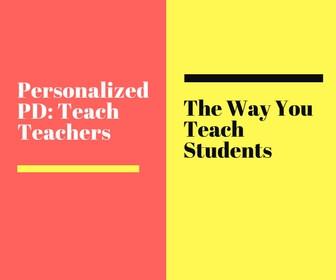This year, Educational Leadership published more than 110 feature articles across nine issues. In the second year of the COVID-19 pandemic, our authors covered the full gamut of challenges facing schools including educational inequity, technology integration, and leading in uncertain times (among others).
Contributors, like Robert Feirsen and Seth Weitzman discussed the need for school leaders to develop “conflict agility”—the ability to honor and build on dissension rather than be stymied by it. Others, like Jeffrey Benson, urged teachers to really get to know students, to listen better, and to bridge the gap between "their needs and our authority."
In both the challenging moments and the joyful ones, Educational Leadership authors have shared tools and strategies that inspired readers to persevere. Below, we highlight the most popular article from each issue published this year.
We hope these ideas will spark renewed discussion and insight in 2022.
1. December 2020/January 2021: "Coping With Change and Uncertainty" by Phyllis L. Fagell
Perhaps unsurprisingly, the most read article in the first month of 2021 addressed some of the biggest concerns of the moment: The pandemic had sharply raised depression rates in the United States, displaced teachers and students from their learning environment, and thrust the future of education into uncertainty. Enter Phyllis Fagell's contribution to the theme Mental Health for Educators, a practical article that recommends, among other actions, reframing personal narratives, preserving relationships, exercising agency, and fostering collegiality.
An exclusive look into educator mental health.
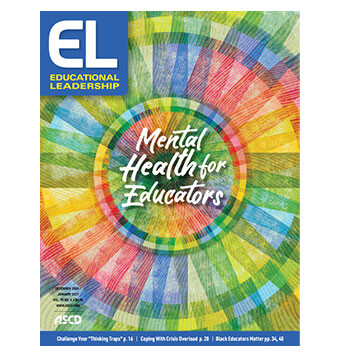
2. February 2021: "Moving from Talk to Action in Professional Learning" by Jim Knight
It can be easy to state an issue; it's a different matter entirely to pursue a change in outcomes that will fix the problem permanently. The February EL issue Making Professional Learning Stick made this goal its central modus operandi, and Jim Knight, a professional learning expert, followed suit with his own five stages of implementation: non-use, awareness, mechanical, routine, and proficient. Knowing the stages teachers tend to go through as they implement a new approach makes it easier to support them, writes Knight.
Build a thriving culture of professional learning.
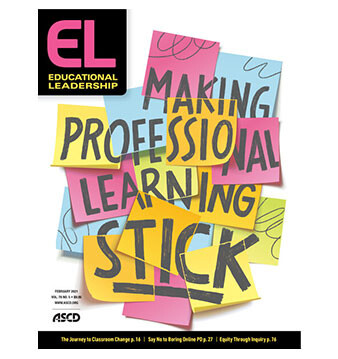
3. March 2021: "Beware of Equity Traps and Tropes" by Jamila Dugan
As the temperatures warmed by the end of March, so too did the discussion around equity. The most popular article of this issue (Equity in Action) was Jamila Dugan's "Beware of Equity Traps and Tropes," a piece based on a chapter of Street Data: A Next Generation Model for Equity, Pedagogy, and School Transformation (Corwin, 2021), a book she coauthored with Shane Safir. The article offers a deep dive into how shortcuts and default practices can get in the way of meaningful school equity efforts.
Real and practical ways to take action.

4. April 2021: "What Great Principals Really Do" by Jason A. Grissom, Ana J. Egalite, & Constance A. Lindsay
Strong leadership reverberates throughout a school. April's theme titled The Empowered Principal addressed the nuts and bolts of leadership, digging into one of the toughest professions around. The top article from this issue, "What Great Principals Really Do," dove into the specific skills and behaviors leaders can use to generate positive school and student outcomes. The article spotlights a new research study that sheds light on the impact of effective principals—and what makes them different.
Strengthening leader effectiveness.
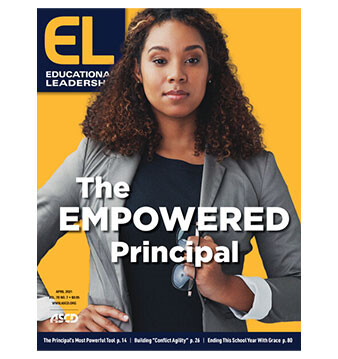
5. May 2021: "What Can We Learn from Covid-Era Instruction?" by John Hattie
How can we move from research to practice? An article from the May issue garnered more special attention than the others. One of many symptoms of the COVID-19 pandemic was a wave of negativity surrounding education. Studies pointed to "learning loss," teacher burnout, and a general rise in parent dissatisfaction. But researcher John Hattie sees a silver lining despite the doom-and-gloom reports. For Hattie, looking at evidence of what went right is the key to helping schools break free of long-stifling practices.
Implementing research the right way.

6. Summer 2021: "Planning Technology Integration for In-Person Instruction" by Monica Burns
The summer issue of EL, on Innovative Lesson Planning, became a hugely collaborative and creative resource for educators. Numerous authors proposed new ways to instruct or to integrate ideas into lesson planning. In the most popular article of the issue, educational technology expert Monica Burns provided a guide to the strategic and resourceful use of technology that, she explained, didn't have to disappear once students returned to the building.
Prepare to plan your most powerful lessons ever.

7. September 2021: "5 Changes, Shifts, and Implications for What’s Next in Education" by Tom Vander Ark
As more students returned to in-person schooling after the summer, educators needed to know where they stood and where they were headed. Tom Vander Ark's September article (part of the Education’s New Era issue) explored the shifts in education both students and teachers were experiencing at a pivotal moment and highlighted how schools might continue to adapt and shape the future of learning.
How can schools and educators work differently?
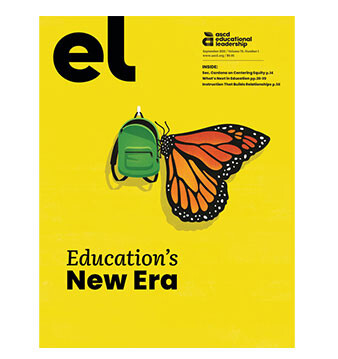
8. October 2021: "What Schools Need Now: Relational Discipline" by Micere Keels
Compassionate discipline (the theme of the October EL issue) has become an integral topic among educators, especially considering the trauma many students experienced during the pandemic. Micere Keels's call to action, then, felt needed—she urged educators to look beneath the surface of acting-out behaviors to attune to students' needs.
How to respond to challenging behaviors.
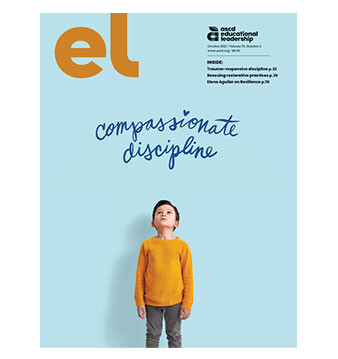
9. November 2021: "Four Myths on Coaching and Efficacy" by Lauren Vargas & Rashaida Melvin
As the November issue on Cultivating Educator Efficacy points out, educator efficacy is a self-fulfilling prophecy: The more a teacher believes in their ability to positively impact student learning, the more they will positively impact student learning. Interestingly, there are a number of myths on how to support teachers that need to be reexamined: Education researchers Lauren Vargas and Rashaida Melvin separate truth from reality so that educators can immediately and practically create positive change in their classrooms. They also provide useful tips on effective coaching.
Bolstering educator efficacy.
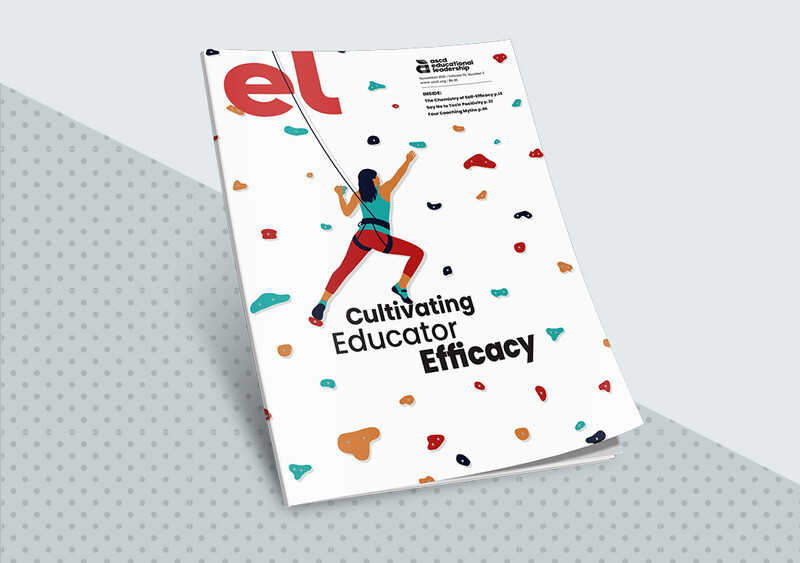
10. December 2021/January 2022: "What Can Teachers Do to Engage Anxious Students?" by Jessica Minahan, Sarah Ward, and Kristen Jacobsen
The December issue of EL, on the topic of engagement and motivation, addressed many of the finer points of student learning. Anxiety is not a new phenomenon affecting learning, yet that doesn't mean that strategies to mitigate it are common practice. Jessica Minahan, Kristen Jacobsen, and Sarah Ward offer tools to help to address the challenges of this longstanding issue. According to the authors, for students with anxiety, the path to engagement requires both accommodations and skill building.
Learn to get—and keep—students engaged and motivated.
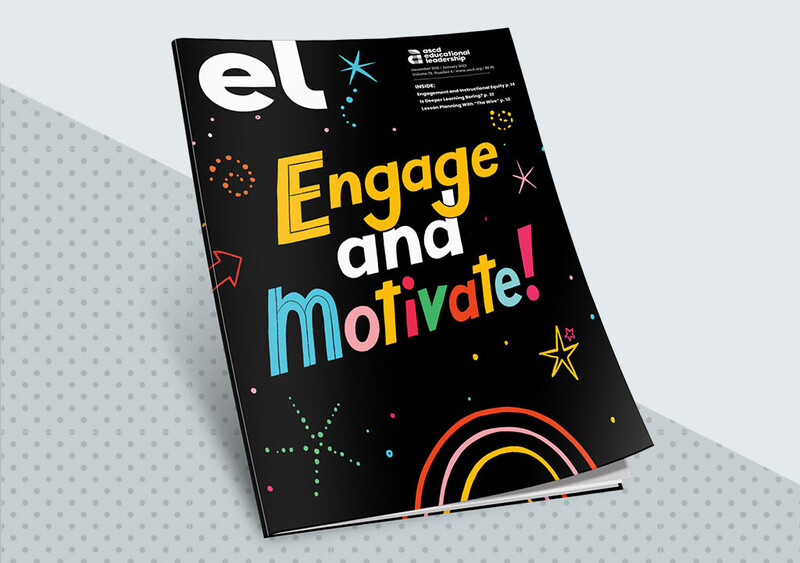
Premium online access to EL articles is available to all ASCD members.







